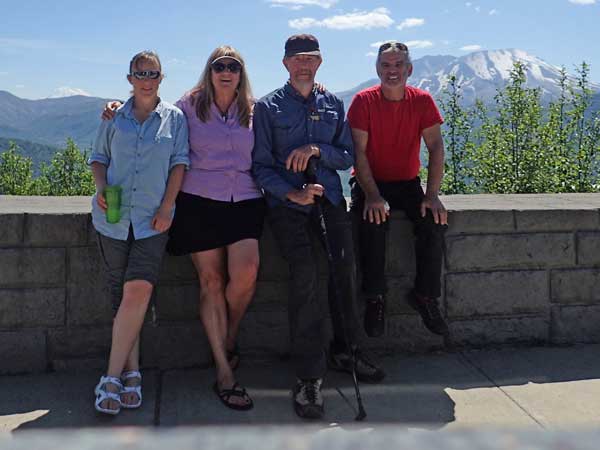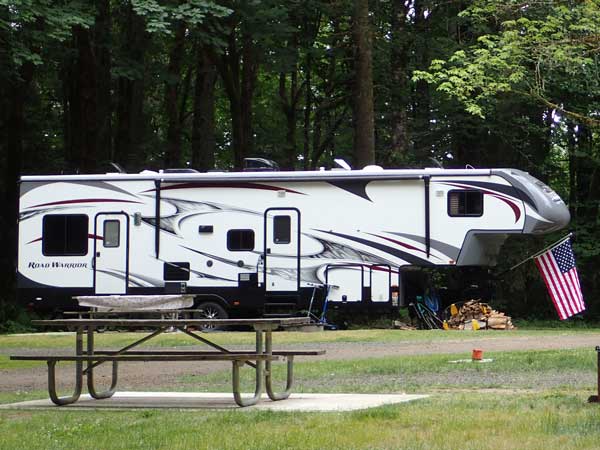Mount St. Helens

Caramor - sailing around the world
Franco Ferrero / Kath Mcnulty
Mon 3 Jul 2017 20:44
46:15.14N 122:12.52W In May 1980 I was ten years old and I remember Mount St. Helens erupting.  Mount St. Helens in the distance A couple of months before, an earthquake had shaken Mount St. Helens, causing steam to pour out of fissures near the summit and the northern side of the mountain to start to bulge. On 18th May, a second earthquake struck, 5.1 on the Richter Scale, enough to trigger the collapse of the entire northern face, the largest known debris avalanche in recorded history. Nearly three cubic kilometres of mud rushed down the hillside and ended up 17 miles further down, in the Columbia River. A few moments later, the volcano erupted, projecting a large pyroclastic flow that flattened vegetation and buildings over a 600km2 area. Nothing could stop the force, it rushed over ridges, down into valleys and up over the next ridge. Huge old growth trees were snapped like matchsticks. For over nine hours, ash erupted, reaching up to 16 miles above sea level and travelling at an average speed of 60 miles per hour. Millions of tonnes of sulfur dioxide were released into the atmosphere. Once it was all over, Mount St. Helens’ summit had been reduced by 1,300 feet. The toll was considerable; 57 people had died, 7,000 deer, elk and bear and millions of fish had been slaughtered. Two hundred and fifty homes had been destroyed as well as 185 miles of highway, 47 bridges, and 15 miles of railway. It had been the most devastating eruption in the history of the United States of America.  Kath, Sue, Glyn and Franco in front of Mount St. Helens  Golden ground squirrel (according to Glyn) We had packed the Glyn & Sue Mobile, this time with Glyn's trike and a bike for Franco. When we arrived, the mountain was quiet, with just a little steam coming out of the crater, deceptive as this volcano is by no means extinct. We spent a few happy hours at the Mount St. Helens Observatory learning about the eruption and its aftermath.  The naked slopes of Mount St. Helens from the Observatory Once we were ‘volcanoed’ out, we unloaded the bikes and Glyn and Franco freewheeled down the mountain with Sue and I following behind in the van. We clocked their speed at 35km per hour. On some of the bends I held my breath as I watched Glyn lean right out of the trike in an attempt to keep all three wheels on the ground.  Free wheeling That evening we camped in a pleasant state campsite and headed back the next day stopping off at ‘Burgerville’, the ultimate fast food experience.  Americans like them big  ‘Burgerville’ - a unique fast food experience Exclusive to the Northwest, ‘Burgerville’ is a fast food chain with a difference. The food it serves is seasonal, locally sourced and of excellent quality. Raspberries were in season and the raspberry milkshakes and sundays were to die for.  Glyn and Sue |